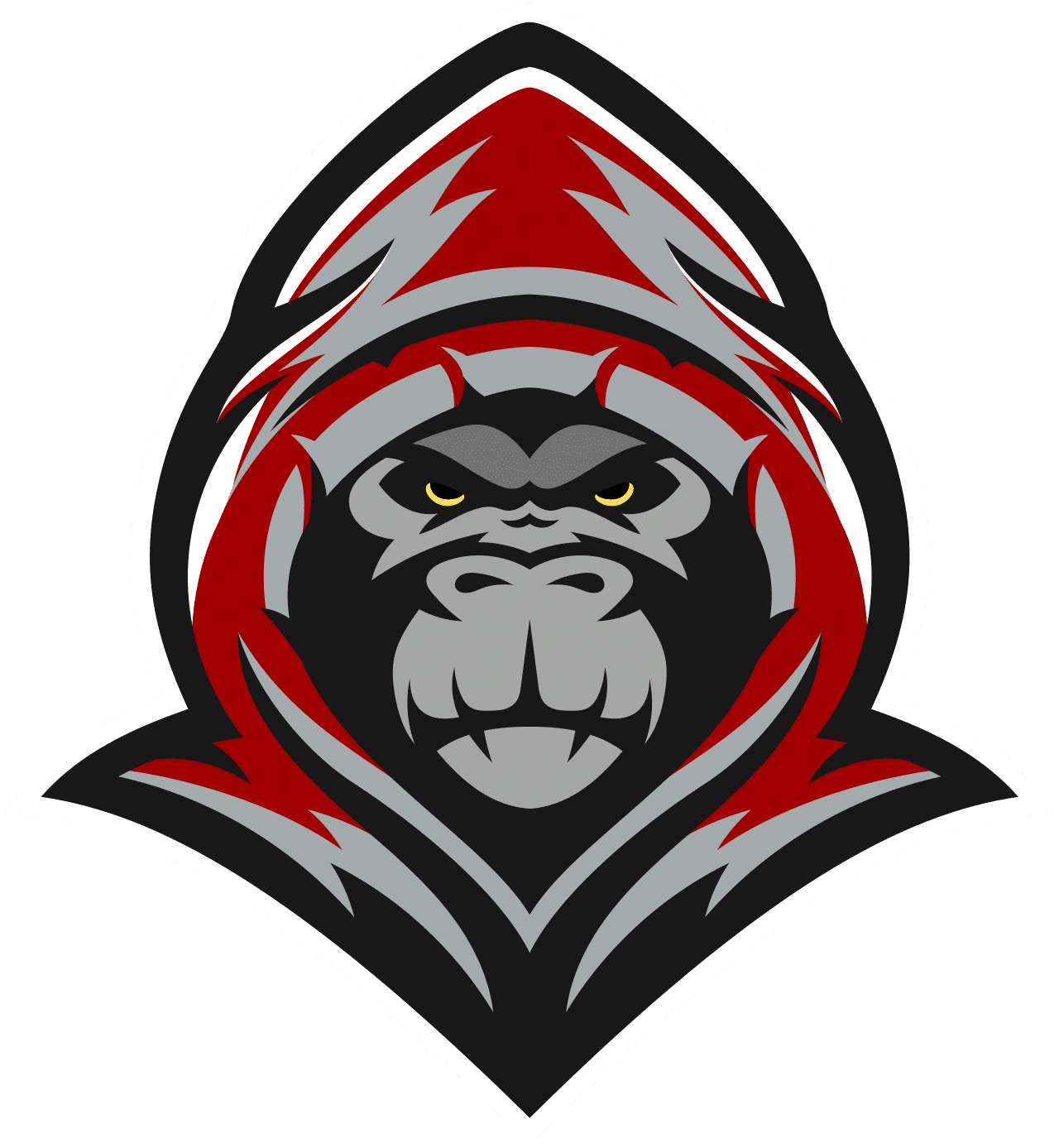Video games offer a veritable mountain of content for players young and old to try out and experience for themselves. From basic platformers such as Super Mario Bros. and Sonic the Hedgehog to more complex titles like Metal Gear Solid and Dark Souls, the industry encompasses countless genres, aesthetics, and – obviously – intellectual properties. Here is a selection of a few underrated video game franchises that could use more attention (and, arguably, respect) in the modern era.
10. Rocket Knight Adventures (1993 – 2010, 2024)
Released for the Genesis console in 1993 as an attempt by Konami to “cash in” on Sonic the Hedgehog, Rocket Knight Adventures would carve its own identity by mixing in “run-and-gun” elements from the company’s Contra series to supplement an excellent (but overlooked) platformer with impressive 16-bit graphics and sound. Rocket Knight Adventures would spawn a pair of (admittedly lesser but still fun) sequels – both called Sparkster – for the Genesis and SNES in 1994, a 2.5D reboot simply named Rocket Knight in 2010, and an enhanced collection of the three original entries titled Rocket Knight Adventures: Re-Sparked! in 2024.
9. Mansion of Hidden Souls (1994 – 1995)
Developed for the Sega CD peripheral, Mansion of Hidden Souls (1994) served as an early attempt at an FMV/3D-based “exploration” video game along the lines of Alone in the Dark (1992), Myst (1993), and The 7th Guest (1993) – all of which formed the foundations of later games like Resident Evil (1996) and Silent Hill (1999). Despite only having a loose sequel for the Sega Saturn in 1995 (confusingly, given the same title as the first game), both entries are fascinatingly odd and quaint in their design while also providing a surreal and atmospheric experience if one can accept their shortcomings.
8. “D” Trilogy (1995 – 2000)
Conceived through the near-singular artistic vision of the late Kenji Eno, this loose “trilogy” of pseudo-cinematic video game – D (1995), Enemy Zero (1997), and D2 (2000) – starred a so-called “virtual actress” named “Laura” across three extremely bizarre but compelling scenarios respectively encompassing a puzzle-focused FMV title set in a gothic castle, a first-person shooter set in a futuristic spaceship, and a survival horror game set in the Canadian wilderness. While some might find aspects of these entries to be quite tedious, archaic, and off-putting, they nonetheless should be acknowledged for highlighting Eno’s unique creativity and voice within a bygone era of gaming.
7. Panzer Dragoon (1995 – 2002, 2020)
Premiering as a semi-3D “rail shooter” video game for the Sega Saturn in 1995, Panzer Dragoon – and its sequels Zwei (1996), Saga (1998), and Orta (2002) – features the adventure of a human protagonist taking to the skies on a biomechanical “dragon” and fighting against a wide array of giant airships, monsters, and even other dragons in a strange, ostensibly alien world. While never reaching higher notoriety due to the first three entries being “stuck” on the Sega Saturn (elaborated on in the next section), the series maintains a loyal fanbase – even gaining a remake of the first game in 2020.
6. Nights into Dreams (1996 – 2007)
Initially developed by Sonic Team to serve as a “sister” series to Sonic the Hedgehog, Nights into Dreams was released in 1996 for the Sega Saturn console to then-critical acclaim by various gaming outlets for its fantastical, psychedelic graphics and soundtrack – but ultimately doomed to obscurity due to the virtual scarcity/inaccessibility of the Saturn market outside of Japan. Despite only ever receiving a late (but unsuccessful) sequel for the Nintendo Wii in 2007 (Nights: Journey of Dreams), multiple characters and assets from Nights continue to make cameos in many Sega-published titles.
5. Grandia (1999 – 2006)
As I mentioned in a previous article, the original Grandia was an exceedingly wonderful roleplaying game (RPG) that was underrated compared to more popular and discussed entries from the Final Fantasy series (in particular, FFVII- FFIX). However, Grandia would eventually receive a follow-up, Grandia II, for the Sega Dreamcast in 2000, offering further enhancements to the original’s highly engaging battle system (in addition to a notably darker and more mature storyline) – Grandia II itself being followed up by the less memorable (though both entertaining) spinoff Grandia Xtreme (PS2, 2002) and sequel Grandia III (PS2, 2006).
4. Mega Man Legends (1998 – 2000)
Touching on my previous article again, the Legends subseries of Capcom’s undeniably well-known and celebrated Mega Man meta-franchise is often overlooked due to its notable departure as a fully 3D action-adventure title (and, in turn, its series consisting of only two mainline games and a spinoff). However, what games we have are extremely fun in the roleplaying and exploration department, as supplemented by a cast of extremely likable and endearing characters.
3. Shenmue (2000 – 2019)
Referencing yet another one of my published articles, Shenmue was a developed video game and released for the Sega Dreamcast console as a “killer app” title implementing various gameplay mechanics setting the foundation for now-ubiquitous elements of more modern “open world” games (with the Yakuza/Like a Dragon meta-franchise seen as Shenmue‘s successor). Despite North America losing out on the Dreamcast release of Shenmue II for a later port on the Xbox console in 2002, the franchise nonetheless garnered a passionate fanbase that pushed the crowdfunding (and eventual 2019 release) of Shenmue III – a game of divisive content, albeit still something of a small miracle.
2. PopoloCrois (2006 – 2016)
The PopoloCrois franchise – primarily focusing on its three PS1 video games released in 1996, 1998, and 2000 – was never released outside the Japanese market for the longest time: that is, until a combined (but heavily abridged) version of the RPGs PopoloCrois Story (1996) and PopoloCrois Story II (2000) was both developed for the PlayStation Portable console and localized for international releases in 2005. Despite the only other game leaving Japan being Return to PopoloCrois for the 3DS console in 2016, the releases we have are really nice and engaging experiences with very lovable characters and an overall whimsical, storybook-like aesthetic.
1. Blaster Master Zero (2017 – 2021)
Seemingly intended as a loose reboot/remake of Blaster Master (NES, 1998 – itself a localized reworking of Chō Wakusei Senki Metafight), this trilogy of amazingly crafted, retro-themed video game actually continued the original Metafight backstory while integrating a revised version of the Western canon conceived for Blaster Master (and its Western-produced sequels). Developed by Inti Creates to revitalize the long-dormant IP, Blaster Master Zero is a criminally overlooked franchise offering intense battles with bizarre (and sometimes titanic) enemies.


